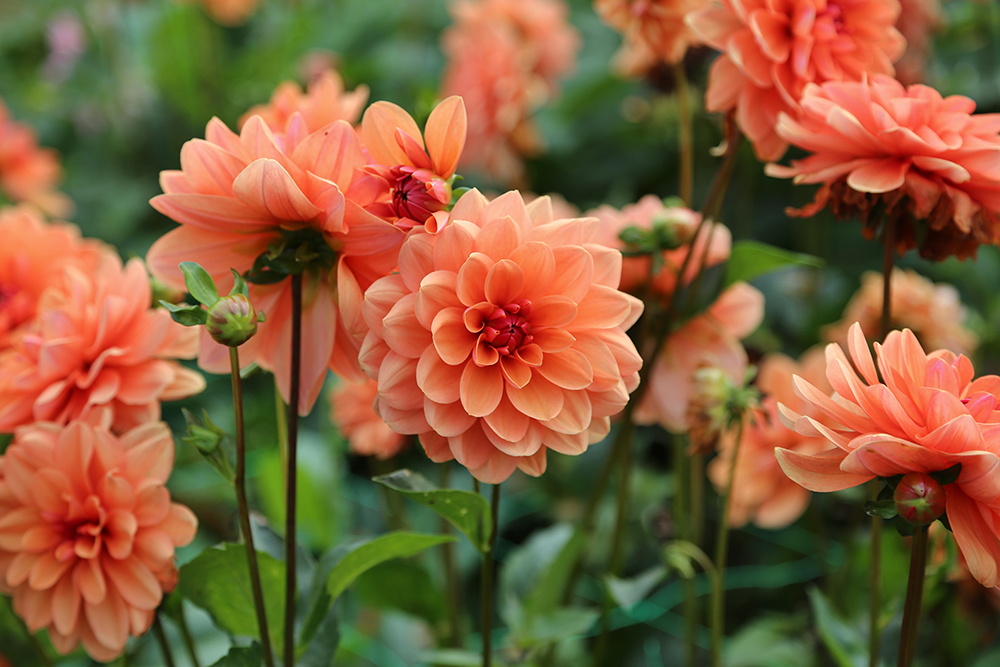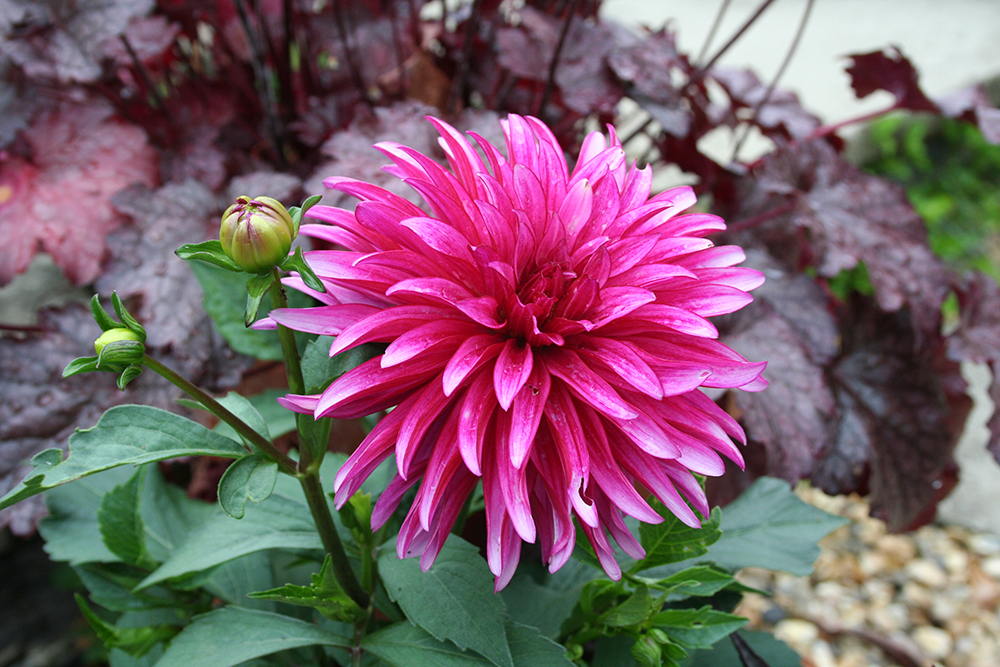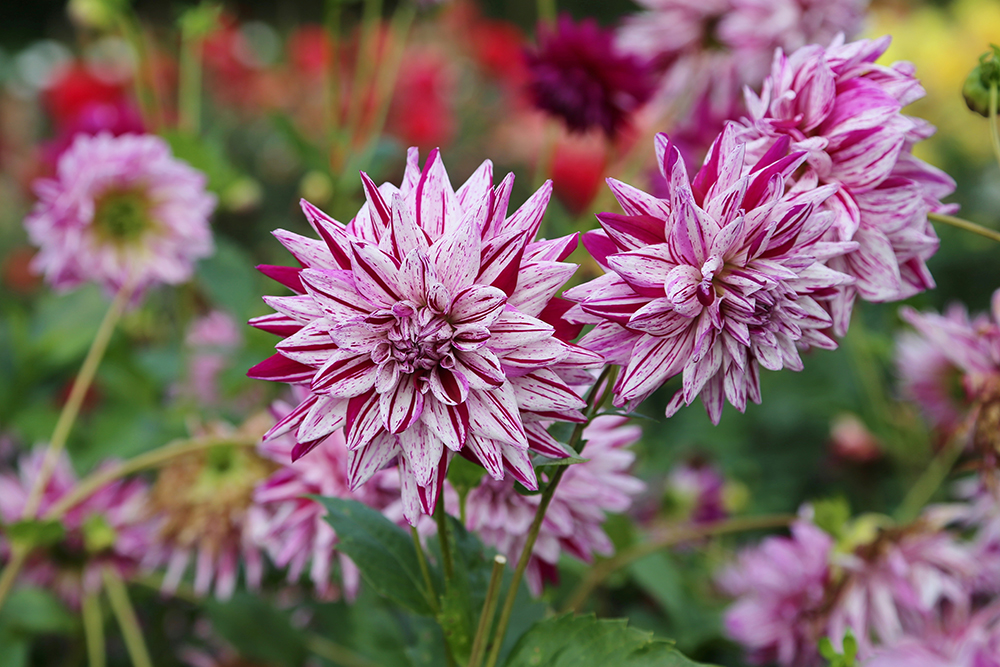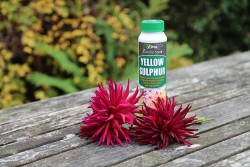How to overwinter Dahlias

As soon as the frosts arrive the colourful display provided by dahlias through late summer and autumn is over. Dahlias are not frost hardy, so when temperatures plummet the leaves and remaining blooms collapse in a heap. However, all is not lost. The tubers that grow beneath the ground are unharmed and can live to perform again year after year given a little care from you.
Some lift dahlia tubers and store them over winter, then replant the following spring. Others in milder areas leave them in the ground. So what is the best solution to ensure a repeat performance next year?
Leave them in the ground
Basically if your soil is well drained and frost does not penetrate too deeply, then they usually come through the winter unscathed. You can help by mulching the surface with a deep covering of leaf mould, composted bark or bracken applied after the faded growth has been cut back to ground level. On wet ground, heavy clay soils, and in cold areas dahlias are less likely to survive in the ground and it is probably best to lift them and store them in a frost free place until next spring.

Lift and store
If you decide to dig them up and store them, cut back the stems to a few centimetres above ground level. Lift carefully with a fork, taking care not to damage the delicate tubers.
Knock off as much soil as possible, ideally without washing them. However if soil is sticky careful washing with a hosepipe may be necessary.
Then allow them to dry for a few hours, outside if possible, or in a well-ventilated shed or garage. When they are reasonably dry turn the tubers upside down so that the stem remains are facing down and lay them out on dry newspaper where they can be left undisturbed until all excess moisture and sap drains away. Good ventilation is essential, and a frost free place. Freezing conditions will always kill them.
After one to two weeks they should be ready to store.
Traditionally dahlia tubers were dusted with Yellow Sulphur to prevent fungal infection. This is recommended as a plant nutrient and soil acidifier, but many use it as a preventative measure on dahlia tubers.
Some just lay the tubers out in trays lined with clean newspaper. Others wrap each tuber loosely in a sheet of newspaper before laying them out in trays; wooden ones are ideal, or even shallow cardboard boxes. They must then be stored in a dry, frost-free place with good air circulation. Check them regularly and dispose of any that show signs of rot as this will spread to the others.
Next spring
 You can either plant dahlia tubers directly into the open ground in mid spring, where they are to flower. Don’t plant too early otherwise the emerging shoots will be harmed by frost.
You can either plant dahlia tubers directly into the open ground in mid spring, where they are to flower. Don’t plant too early otherwise the emerging shoots will be harmed by frost.
Alternatively you can start them indoors in pots and then plant out when they are in growth.
Dahlias grow best in an open sunny position but like shelter from wind which can damage their fleshy stems. They enjoy well-drained soil but like plenty of organic matter around them. A slow release fertiliser applied at the beginning of the growing season ensures best results; Vitax Q4 is ideal.
Andy McIndoe

Find a stockist near you
To check if the product you require is in stock, please contact the retailer prior to visiting.
Your login details have been used by another user or machine. Login details can only be used once at any one time so you have therefore automatically been logged out. Please contact your sites administrator if you believe this other user or machine has unauthorised access.












